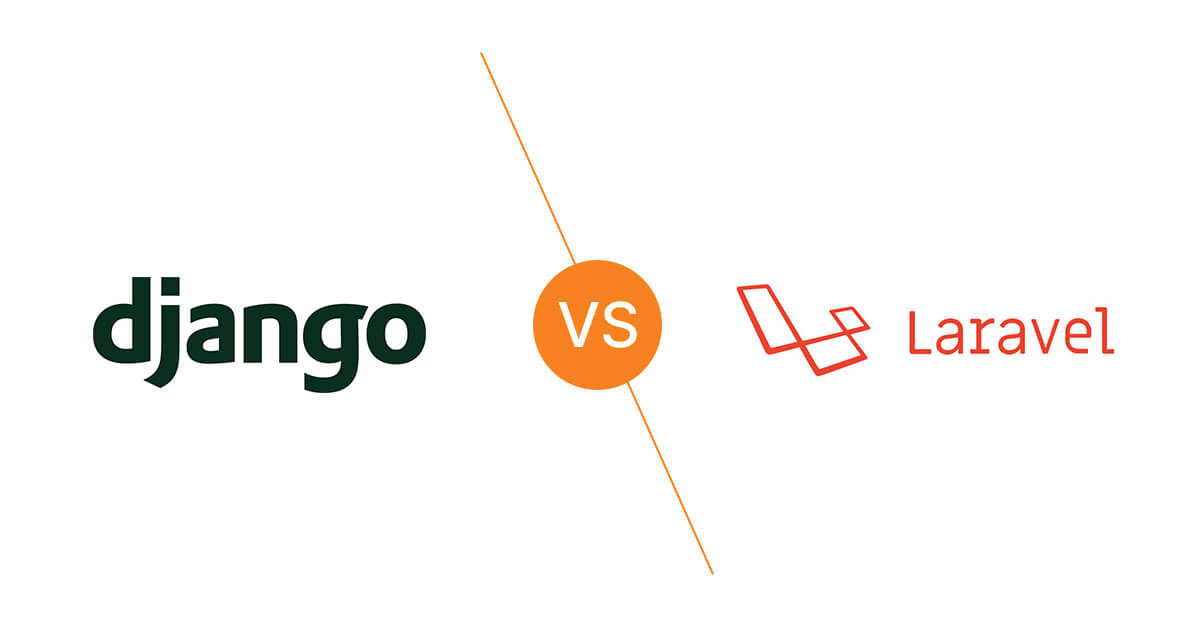Django and Laravel are powerful and popular web development frameworks used to build dynamic and scalable web applications.
Django is a Python-based framework emphasizing simplicity, flexibility, and rapid development. It provides a rich set of features out of the box, including an ORM, an intuitive admin interface, and a templating system.
On the other hand, Laravel is a PHP-based framework that prioritizes ease of use, speed, and scalability. It comes with a range of built-in tools and features, such as a routing system, powerful ORM, and a robust testing suite, that make it easy to build modern web applications.
Both frameworks have active and supportive communities, many third-party libraries and extensions, and excellent documentation. Ultimately, the choice between Django and Laravel will depend on your specific project requirements, personal preferences, and the size and complexity of your project.
With either framework, you can build robust and powerful web applications that meet the needs of your users.
Here are some current statistics for Django and Laravel as of March 2023
Django
The latest stable version of Django (as of March 2023) is 4.1, released in December 2022.
According to BuiltWith, as of March 2023, Django is used by 1.3% of all websites worldwide.
On GitHub, Django has over 70,000 stars and over 16,000 forks as of March 2023.
Django has an active community, with over 12,000 members on the official Django mailing list and over 31,000 followers on Twitter.
Laravel
The latest stable version of Laravel (as of March 2023) is 9.7, released in February 2023.
According to BuiltWith, as of March 2023, Laravel is used by 1.5% of all websites worldwide.
On GitHub, Laravel has over 72,000 stars and over 16,000 forks as of March 2023.
Laravel also has an active community, with over 67,000 members on the official Laravel forum and over 71,000 followers on Twitter.
It’s important to note that these statistics may vary depending on the source and change over time as both frameworks continue to evolve and gain popularity.
Good Read: CTO’s Guide To Django Vs. Laravel: Who Trumps In The Battle Of Backend Frameworks?
Django vs Laravel: Comparing the Features

Language
As mentioned earlier, Django is written in Python, while Laravel is written in PHP. Python is a more versatile language that can be used for tasks outside web development, while PHP is specifically designed for web development.
Python is also known for its readability and ease of use, making Django code easier to maintain and understand. However, PHP has been around for a long time and has a large community of developers, which makes Laravel more accessible and easier to get started with.
Development Speed
Laravel is known for being easy to use and quick to develop. It has built-in features such as authentication, routing, and caching, which make it easy for developers to get up and running quickly.
On the other hand, Django has a steeper learning curve and may take longer to set up initially. However, once set up, Django has features such as its ORM (Object-Relational Mapping) that make it easy to work with databases and create complex applications.
In addition, it is critical to have a skilled developer as well. So hire dedicated php programmers and see your project soar.
Scalability
Both Django and Laravel are highly scalable, but they approach them differently. Django is known for its ability to handle high-traffic loads and complex applications, making it ideal for large-scale projects. It’s built with scalability in mind and has features such as a caching system, scalable architecture, and a built-in administrative interface that make it easy to manage large projects.
Laravel is also scalable but is better suited for smaller projects. It’s fast and easy to use but may require additional work to maintain and scale as the project grows.
Community
Both frameworks have active and supportive communities, but Django’s community is generally considered more mature and established. This means that a wealth of information and resources is available, as well as a large number of third-party libraries and extensions.
Laravel’s community is growing rapidly, and finding help and resources online is easy. However, it may not be as established as Django’s community.
Integration
Laravel is designed to work well with front-end frameworks such as Vue.js and React, making it easy to create dynamic, interactive user interfaces. It also has built-in support for various databases, making it easy to connect to popular engines such as MySQL and PostgreSQL.
On the other hand, Django primarily focuses on backend development and doesn’t have as many built-in features for front-end development. However, it has a powerful ORM that makes it easy to work with databases.
Wrap Up
In summary, Django and Laravel are powerful and capable frameworks that can be used to develop complex web applications. The choice between the two will ultimately depend on your specific project requirements, personal preferences, and the size and complexity of your project.
Also make sure you hire dedicated php developers who can streamline your project development. This way you can save time and resources and gain competitive advantage.
Summary
Kickstart Your Project With Us!
Popular Posts
CONTACT US
Let's Build Your Agile Team.
Experience Netsmartz for 40 hours - No Cost, No Obligation.
Connect With Us Today!
Please fill out the form or send us an email to







